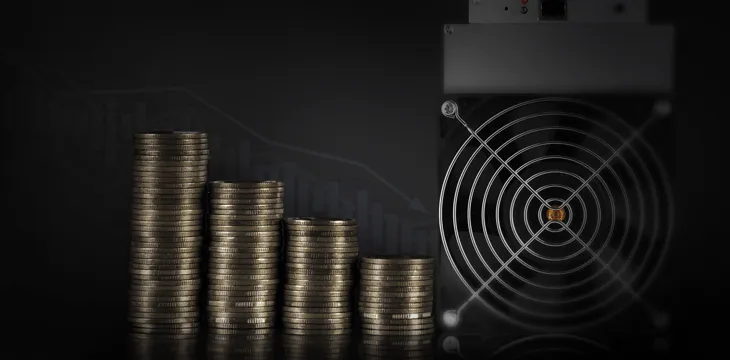|
Getting your Trinity Audio player ready...
|
Somewhere around May 20, 2020, most expect the third Bitcoin block subsidy reward reduction to occur. When this takes place, 50% fewer Bitcoins will be rewarded every 10 minutes when a block is created. This phenomenon is widely known as Bitcoin halving and historically, what followed in the months after was an epic increase in the market price of Bitcoin. The atmosphere this time around is different, as many in the Bitcoin community fear the next halving will negatively affect the long-term value of the digital currency.
Their apprehension is driven by the apparent reality that the current state of processing transactions, aka mining, on the BTC network is no longer sustainable. In a recent report, the digital currency focused research firm TradeBlock estimates the average cost to process a single BTC block could jump to $12,525 after the halving. The analysis also assumes an electricity price of 6 U.S. cents per kilowatt-hour. This benchmark is nearly double the average cost of $6,851 at present, which already has BTC miners operating at a loss.
The new estimated cost to support the BTC blockchain is well above the current BTC token market price of approximately $6,000 (at the time of publishing). The digital currency needs to rise by over 100% before the transaction processors powering the network will break-even. Even if there is some price increase, without magic, divine intervention, or outright market manipulation, it is unlikely BTC coin prices will double from now through April or May 2020.
BTC miners are facing a rapidly approaching future where the market price of the token will not increase enough before the spring halving to cover the 50% fewer coins. As financial markets cope with a possible global recession, mainstream citizens have so far not rushed in to pump up the price of the BTC token. At this stage, it is highly unlikely mass adoption will ever occur on the BTC network, given its still high current price yet lack of real-world utility. Either way, BTC farms will most likely be less profitable after the halving than they currently are.
If processors continue supporting the Bitcoin network, they will have to run twice the number of computations with a corresponding increase in electricity usage, to earn the same amount of Bitcoin they are receiving today. Also, the halving will force many teams to transition over to the latest high-performance hardware rigs as older-generation models such as the Antminer S9 become uneconomical to operate. While some processors will leave and the hash rate will go down temporarily, new entrants wishing to support the network will quickly take their place. I expect for many smaller groups to go out of business and will end up selling their gear to the bigger operators that have properly prepared for the Bitcoin halving and are more financially stable.
This dreary situation for BTC processors is because of the corrupted revenue model the transaction processors grew to rely upon, which departed from Satoshi Nakamoto’s original economical design. The hubris and past hijackings within the blockchain community are finally coming back to haunt those who forgot what makes Bitcoin sustainable. The Bitcoin network only survives long term if its blockchain scales big enough to support massive transaction volume and diverse data usage, so miners earn more transaction fees. That is why the only real incarnation of Bitcoin is BSV—its ecosystem building practical utility into the only global public ledger that will survive long term.

 07-12-2025
07-12-2025 





